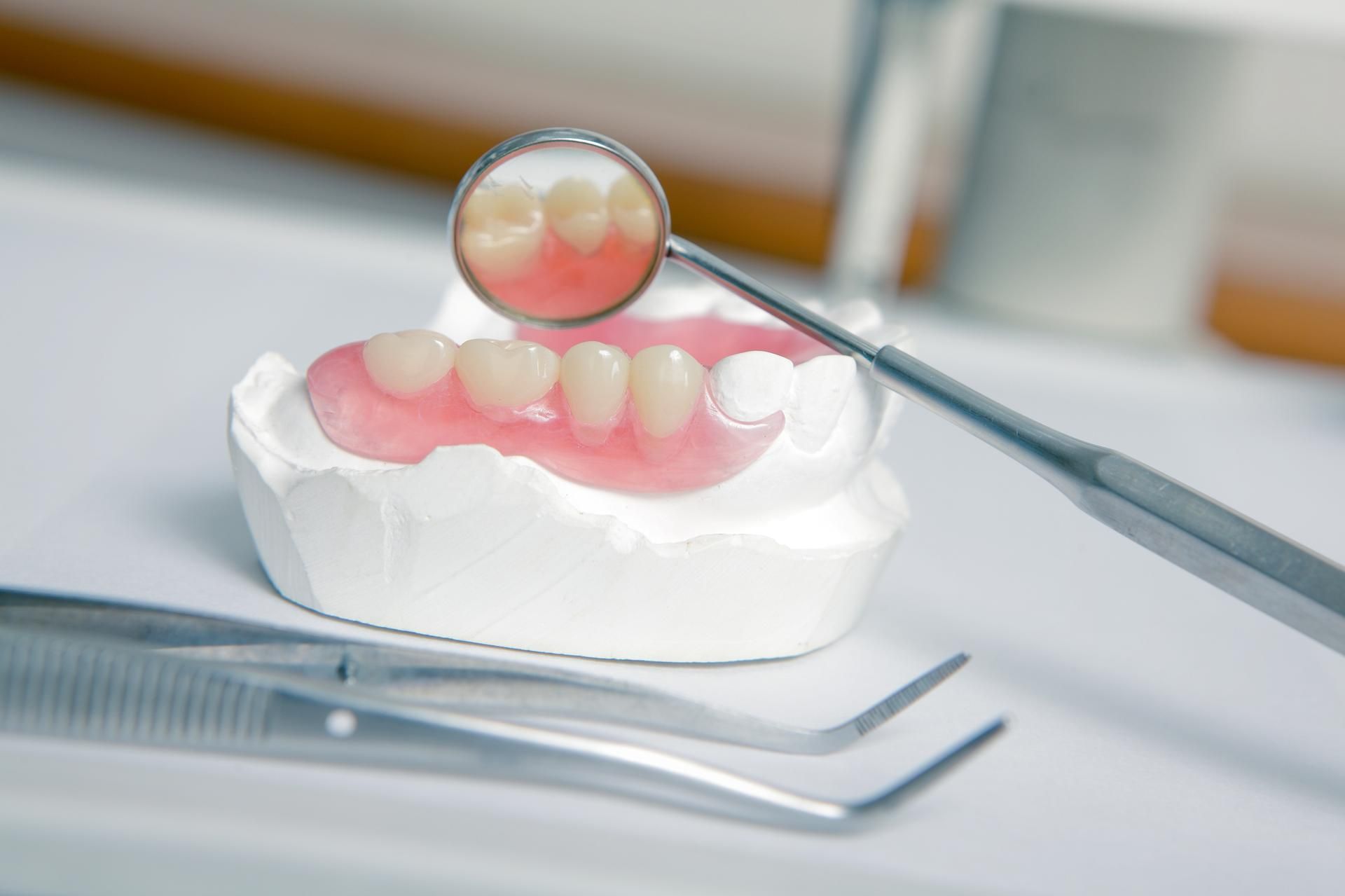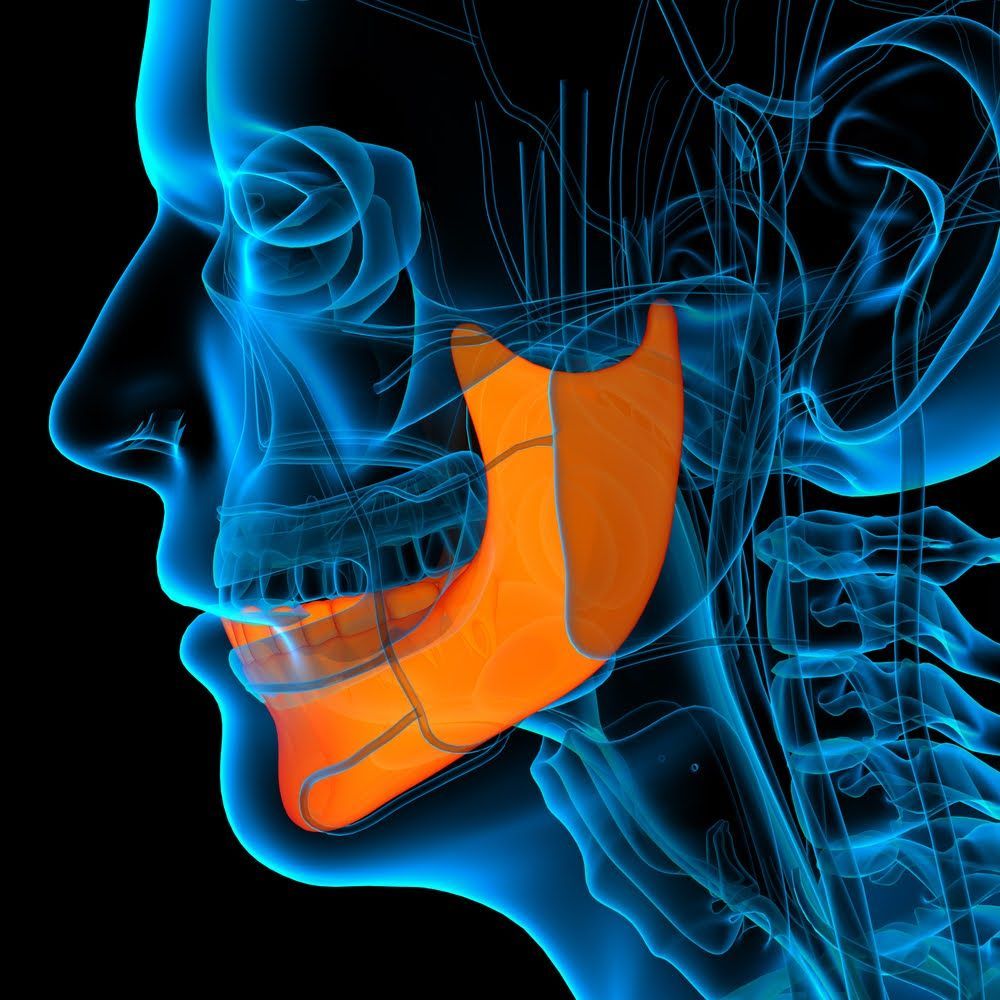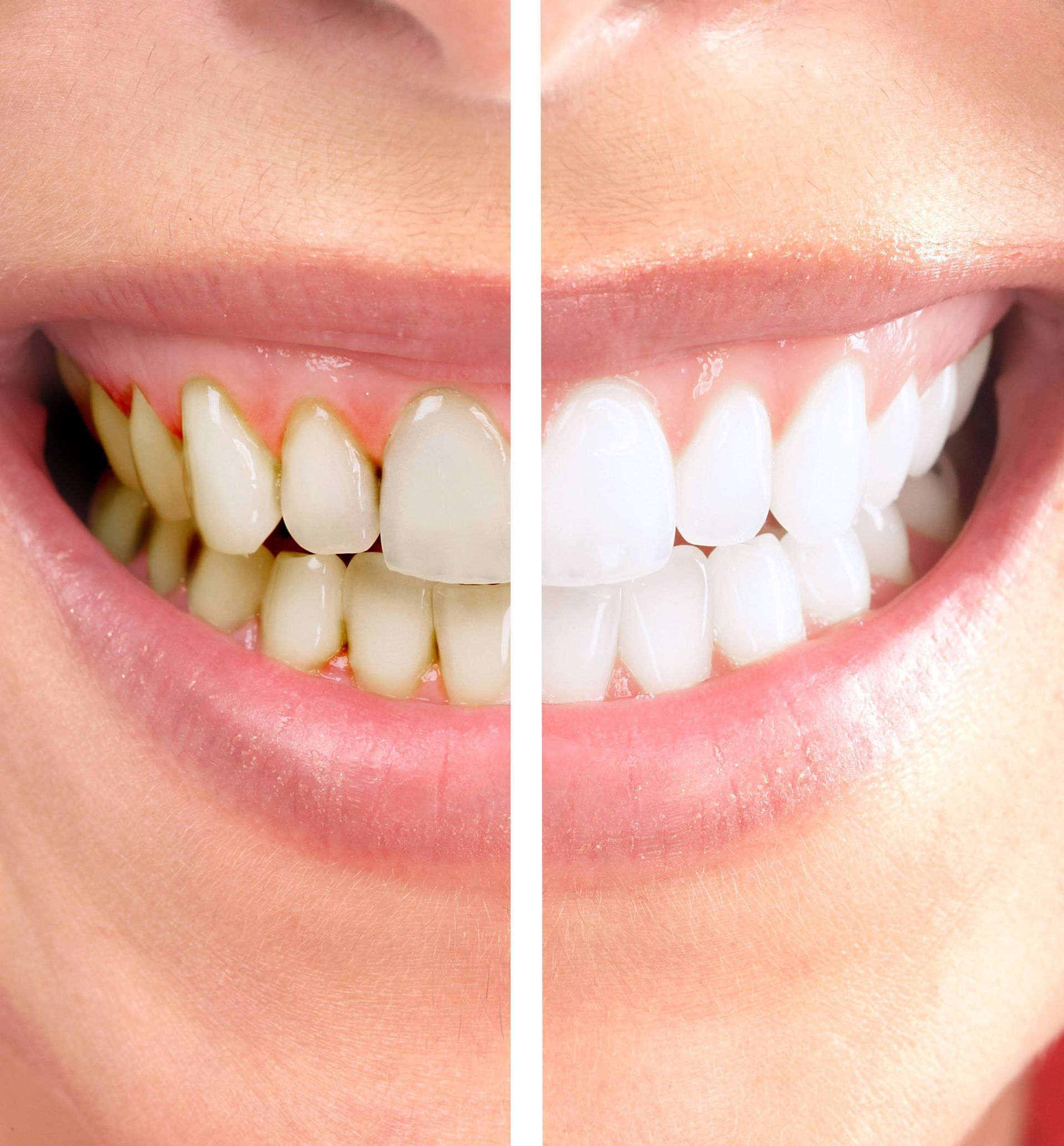Gingivectomy: Not Just for Periodontal Disease

Excess gum tissue removal from around the teeth, or gingivectomy, becomes necessary for some sufferers of periodontal disease. But did you know that a gingivectomy can offer a more aesthetic solution for certain patients? Learn
more about this amazing dental procedure for periodontal disease and how it can help people that feel their smile is less than perfect.
What Happens During A Gingivectomy?
A dentist performs a gingivectomy with a laser to meticulously remove unwanted gum tissue from around and between your teeth. Your mouth is numb the entire time for your comfort. Then, your dentist reshapes the existing gum if necessary. Putty covers the surgery site until the gums heal.
How Does A Gingivectomy Help Treat Periodontal Disease?
Periodontal disease is a chronic infection of gums and bones that support your teeth. Some early signs are subtle and can include slightly loose teeth, puffy-looking gums, sensitivity to cold or sweets, and teeth with visible roots. You may inherit a susceptibility to periodontal disease or acquire it due to poor dental hygiene.
Advanced cases of periodontal disease mean tiny pockets or voids form in the gums between the teeth. Inside, trapped food and bacteria thrive and hasten the condition. Often, your dentist can remove plaque and tartar from the tooth and root surface to aid gum tissue healing and to help shrink these periodontal pockets. This process is called scaling and root planing. However, pockets can still remain despite scaling and planning and need removing to prevent further advancement of the disease. A gingivectomy removes these pockets to halt any further progression of the disease and then reshapes the gums.
How Does A Gingivectomy Enhance Smiles?
A gingivectomy can help make your smile appear more attractive if you feel you have a gummy smile, or a smile that shows a large amount of gums at the base of each tooth. Experts consider that up to three mm of visible gums is acceptable. However, a smile with three mm or more of visible gum is considered gummy.
A smile appears gummy if the proportions of the upper jaw, gum tissues, and teeth are not in perfect harmony. For example, smaller teeth may make gums appear more prominent or the position of the upper lip is too high. Often, a person simply possesses excess gums. These conditions all help create a gummy smile.
Fortunately, a gingivectomy can remove excess visible gums seen when a person smiles much the same way gum tissue is removed for periodontal disease. Your dentist uses a laser to trim excess gums to a more suitable size to better expose the full length of each tooth. The same laser also helps to suture when necessary and to cauterize the surgical site.
Should You Consider A Gingivectomy?
You may want to consider a gingivectomy if you feel unhappy due to a gummy smile and want your smile to look more attractive. Laser treatments for periodontal disease and gummy smiles are common, safe, and very effective.
Consider the benefits of a gingivectomy:
- Little pain or bleeding
- Quick heal times
- Less gum tissue, which means teeth are easier to clean
- Lower risk of future gum disease
Most importantly, a gingivectomy will transform your smile into an amazing facial feature you will be happy to show others. A beautiful smile gives you greater confidence and increases your feelings of self-worth.
Want to know if a gingivectomy is right for you? The caring professionals at
Koehn Dentistry & Aesthetics are glad to sit down with you to discover if you are a good candidate and to discuss treatment options. If a gingivectomy is not ideal for your own unique dental needs, we have additional options to perfect your smile. Contact us today.











